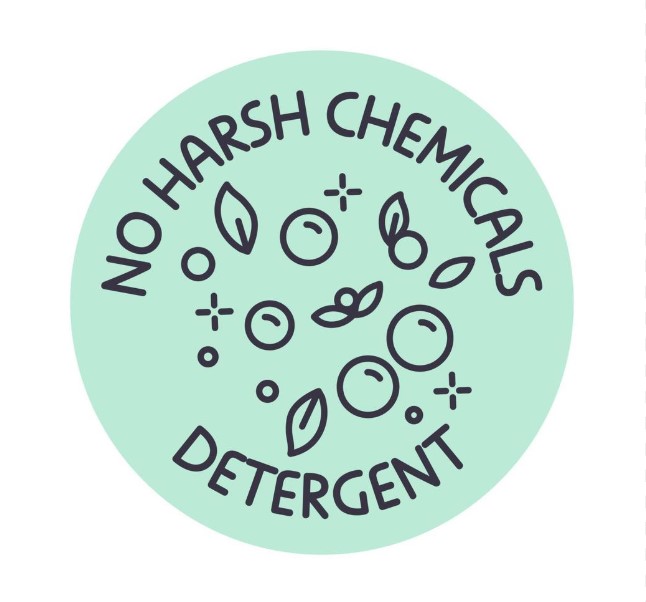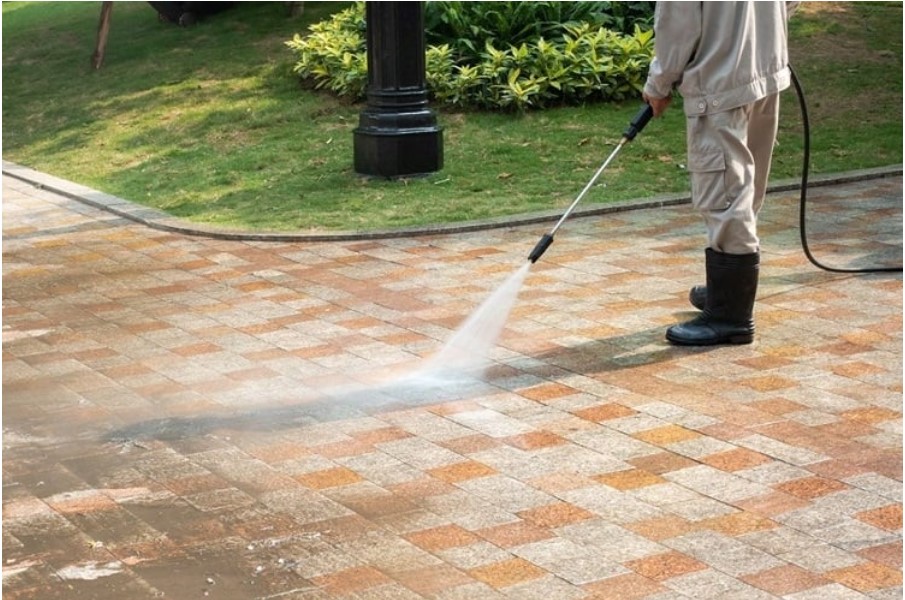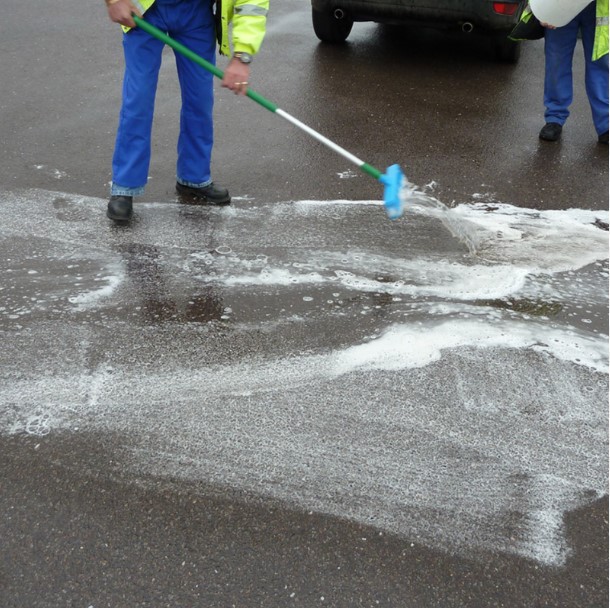Care Cabro Paver Maintenance: Maintaining and Cleaning cabro paving blocks - for Long-Lasting Shine (Kenya Guide)
- Dada Paver

- 4 days ago
- 4 min read
Updated: 12 hours ago
How to Maintain Concrete Cabro Pavers for Lifelong Shine
A well-installed cabro surface should stay strong, stylish, and safe for years—but only if you give it simple, regular care. This guide covers what to do right after installation, monthly and seasonal routines, and how to handle stains, weeds, sinking, and sealing. It applies to all coloured cabro, 3D designs, hexagon/arrow/circle patterns, paving slabs, flooring tiles, and 60mm/80mm heavy-duty cabro used on driveways, walkways, gardens, and parking areas across Kenya.
Cabro Paver Maintenance: Long-Lasting Shine (Kenya Guide)
After installation (Day 0–7)
Keep it clean & dry: Sweep off sand/grit. Avoid parking heavy vehicles for the first few days.
No harsh washing yet: Let jointing sand settle. If you must clean, always use a light rinse with water only, NO to acid or harsh soap or detergent at any time.
Check drainage: Water should flow away, not pool. Fix gutter downpipes and edges if water stands.
Weekly & Monthly Care
Dry sweep: Dust and soil act like sandpaper on coloured/3D finishes. Sweep weekly to keep the surface bright.
Gentle wash: Once a month, wash with water and a mild pH-neutral detergent. Use a soft brush. If using a pressure washer, keep the lance at least 30–40 cm away and use a wide fan—too close can dislodge jointing sand or mark coloured surfaces.
Joint top-ups: If joints look low after heavy rains or washing, brush in polymeric sand (or kiln-dried sand if polymeric isn’t available). Properly filled joints reduce weeds, ant activity, and water ingress.
Stain Removal (Oil, Rust, Tyre marks, Efflorescence)
Oil & grease (driveways/parking): Blot fresh spills immediately. Apply a concrete-safe degreaser, agitate with a nylon brush, rinse thoroughly. Avoid solvent baths that can fade colour.
Tyre marks: Use warm water + mild detergent + firm brushing. For stubborn marks, a paver-safe cleaner.
Rust from garden furniture: Use a concrete rust remover; test on a small hidden area first.
Efflorescence (white salt haze): Normal on new installs. Usually fades with rain and cleaning in 2–3 months. If needed, use an efflorescence cleaner per instructions.
Weed & Moss Control
Prevention first: Full joints + good drainage + sunlight reduce growth.
Manual removal: Hand-pull or use a joint scraper.
Treatment: Apply a paving-safe algaecide/biocide if needed. Avoid strong bleach (can fade coloured cabro). Rinse well after any treatment.
Sealing: When, Why, and How
Sealers protect colour, reduce staining, and make cleaning easier.
When to seal: Typically 4–8 weeks after installation (or when fully dry and clean). Re-seal every 2–3 years depending on traffic and sun exposure.
Type: Use a paver/concrete-specific sealer—matte, satin, or gloss. For driveways & parking, pick a sealer with stain and UV resistance.
Application: Clean thoroughly; let it dry 24–48 hrs. Apply thin, even coats (usually 1–2). Keep traffic off until cured as per product label.
Heavy Loads, Edges & Repairs
Heavy traffic: Use 80mm heavy-duty cabro for petrol stations, trucks, and commercial parking. Reserve 60mm for residential driveways/walkways.
Edge restraints: If edges loosen, reset with concrete haunching or replace the damaged edge blocks.
Sunken areas: Lift pavers, re-level and compact the base, replace bedding sand, and relay.
Cracked blocks/slabs: Replace individual units rather than patching.

Cracked/Broken flooring tiles leads to sunken areas
Seasonal Checklist (Kenya)
Rainy seasons: Clear silt from joints after storms; re-sand if needed. Confirm water flows to drains.
Hot/dusty periods: More frequent sweeping. Consider a UV-resistant sealer to protect coloured and 3D finishes.
Under trees: Remove leaf litter promptly to prevent tannin stains.
Quick Care Schedule
Weekly: Sweep high-traffic areas.
Monthly: Gentle wash + visual check of joints.
Quarterly: Spot-treat stains, weed control, top up joints.
Every 24–36 months: Clean & re-seal.
When to Call a Professional
Persistent sinking, poor drainage, widespread weed/moss growth, or oil saturation on driveways/parking areas. A professional can assess the base, drainage, and recommend repairs or re-sealing.
Get Expert Help
Need help cleaning, sealing, or repairing coloured cabro, 3D cabro, paving slabs, or concrete parking tiles? Our team serves Nairobi and major towns in Kenya with affordable, professional maintenance and upgrades. Contact Dada Pavers to keep your surface strong and shining for years.
FAQ
Q1. How often should I seal cabro pavers in Kenya?
Every 2–3 years for most homes; 1–2 years in busy commercial/parking areas or intense sun.
Q2. Can I pressure-wash cabro?
Yes—use a wide fan, keep 30–40 cm distance, and re-sand joints after washing if needed.
Q3. What’s the best way to remove oil stains?
Use a concrete-safe degreaser soon after the spill, scrub with a nylon brush, and rinse well.
Q4. Why do my new pavers have a white haze?
That’s efflorescence—natural salts coming to the surface. It usually fades; cleaners can speed it up.
Q5. Which thickness should I choose for driveways and parking?
60mm for most residential driveways/walkways; 80mm heavy-duty for petrol stations and commercial parking.
🔗 References
https://www.propavers.co.ke/maintaining-and-cleaning-cabro-pavement/
https://omconcreteproducts.com/blog/maintenance-tips-for-paver-block
https://www.aviarapavers.com/blog/how-to-remove-stains-pavers
https://www.installitdirect.com/learn/how-to-remove-tire-marks-from-concrete-pavers/
https://www.angi.com/articles/solutions-most-common-paver-problems.htm
https://www.daviscolors.com/wp-content/uploads/2016/08/DC1013.pdf
End of the document : Cabro Paver Maintenance: Long-Lasting Shine (Kenya Guide) Feel free to call us on 0700 57 57 57 or 0700 59 59 59 for any cabro related need.




























Comments